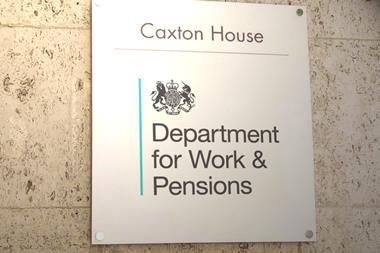The 73-strong institutional investor group pushing for climate action, the Net-Zero Asset Owner Alliance (NZAOA), has come out today with five guiding principles to be used to redesign carbon pricing policy internationally.
In the announcement, timed to precede this weekend’s G7 summit in Berlin, the group argued that if well-designed, a pricing instrument can maximise benefits from emissions reductions, and minimise risks such as loss of competitiveness and “negative distributional impacts” – for example, hitting poorer people harder.
Günther Thallinger, board member of Allianz and chair of the UN-convened NZAOA, said surging energy prices were putting huge stress on households and businesses, and that continued government support and relief was needed to bridge the difficult times.
“Yet, in addition to better managing the near term, we also need to better position ourselves to avoid this happening again in the future,” he said, adding that accelerating the shift to net zero was essential in that regard.
“Structural change will need policy incentives, such as carbon pricing. These take time to implement and should not be delayed,” Thallinger said.
The alliance said carbon pricing had the potential to accelerate the low-carbon transition across a wide range of sectors, markets and businesses.
“But blunt, poorly designed instruments can have regressive impacts, such as carbon leakage across borders and a disproportionately negative impact on lower income earners when revenues are poorly distributed,” it said.
The five principles that that NZAOA said should be applied to pave the way for 1.5°C-aligned carbon pricing are:
- Ensuring appropriate coverage and ambition;
- Delivering a just transition;
- Providing a predictable price signal;
- Minimising competitive distortions;
- Promoting international cooperation.
Regarding the principle of delivering a just transition, the alliance explained that carbon pricing would hit a wide range of sectors, markets, and businesses, and that in some cases, economic shifts driven by carbon pricing could be concentrated in disadvantaged communities.
“Policymakers should design carbon pricing instruments to reduce or compensate for these impacts,” the group said in its paper.
As an example, it said revenues raised from carbon pricing could be used to support such communities through retraining, lump-sum transfers, or income tax reductions.
On the recommendation to give a predictable price signal, it suggested that carbon taxes could have a steadily increasing rate that was announced well in advance, and that Emission Trading Systems could be designed to include price floors, ceilings, or corridors.
Last July, the alliance published a paper ahead of a G20 climate summit in Venice, urging policymakers to set a legally binding, long-term carbon pricing corridor.
Read the digital edition of IPE’s latest magazine















No comments yet